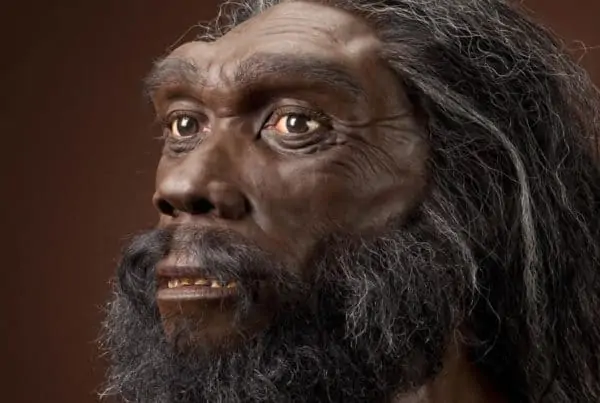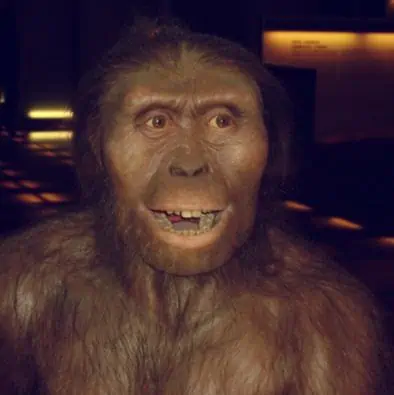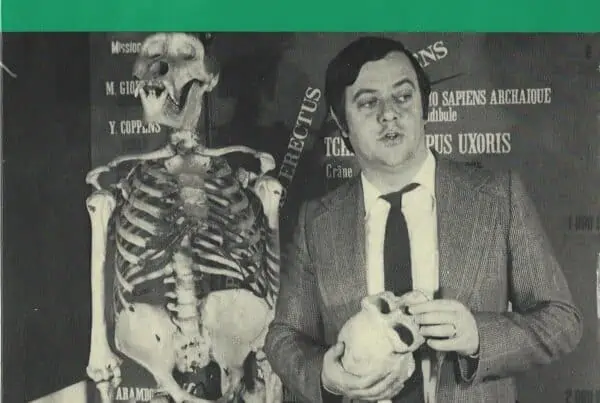 Chile footprint proof? First so-called “Native Americans” arrived only 14k yrs ago
Chile footprint proof? First so-called “Native Americans” arrived only 14k yrs ago
It was first discovered by a college student on an archaeological team in 2010. But scientists have just confirmed the date of the footprint. They believe it to be 15,600 years old.
From CNN,
15,000-year-old footprint, the earliest sign of humans’ presence in the Americas
“The discovery challenges the previous timeline and map of human migration into South America. Most available evidence held that humans did not reach the Patagonia region at the southern tip of South America until 12,000 years ago, Karen Moreno, one of the co-authors of the research, told CNN.”
Dr. Moreno is directora magíster en Paleontología, Universidad Austral de Chile.
From Geek.com,
“‘There are other human footprints in the Americas but none has dated as far back,’ geologist Mario Pino told the newspaper El Austral. Pino said scientists were able to do so by applying radiocarbon dating techniques to organic plant material where the print was found.”
It is commonly accepted that the first Beringians arrived in North America through an opening in the Alaska glacial covering, 14, 400 years ago.
Earliest Humans in Americas?
 Astrophysicist Andres Meza dubs it “the earliest find of humans’ presence in the Americas.”
Astrophysicist Andres Meza dubs it “the earliest find of humans’ presence in the Americas.”
Quantum Scientist Felipe Herrera remarks:
“My new science hero in Chile Karen Moreno. It took her and her team 8 years of peer review to convince her field of her results on human footprints in Osorno.”
Quick summary, including photos of the site at YouTube.
*Editor’s note – aplausos para la señora Morena!
Humans inhabited South America much earlier than thought. Dating from at least 15,600 years ago, a late Pleistocene human footprint is studied in northern Patagonia, Chile. https://t.co/wE1a2tTgSA
— Emilio Cobo (@ze_cobo) April 30, 2019
UPDATE!!
Since we first published this article in 2019, there has been a major development on first humans in the Americas. Footprints first discovered in White Sands, New Mexico over a decade ago, have been confirmed by dating to be 23,000 years old.
As the BBC explains Sept 2001,
Footprints in New Mexico are oldest evidence of humans in the Americas
But in the 1970s, this orthodoxy was challenged.
In the 1980s, solid evidence turned up for a 14,500-year-old human presence at Monte Verde in Chile.
And since the 2000s, other pre-Clovis sites have become widely accepted – such as the 15,500-year-old Buttermilk Creek Complex in central Texas and the 16,000-year-old Cooper’s Ferry site in Idaho.
Now, the footprint evidence from New Mexico suggests humans had made it to the North American interior by the height of the last Ice Age…
Professor Tom Higham, who we have interviewed here at Subspeciest, is quoted in the BBC piece.
Continuing:
Prof Tom Higham, a radiocarbon dating expert at the University of Vienna, said: “They’ve undertaken some checks on the dates of material from near to the footprint location and found that fully terrestrial samples (charcoal) produced ages similar to those of the aquatic species they dated from nearer to the footprints.
“They’ve also argued, I think justifiably, that the lake must have been shallow at the time people walked there, mitigating the effect of reservoir effects introduced by old carbon sources.” The consistency of the results and the support from a different dating technique applied to the site both supported the validity of the results, he added.
“I think taken together this is a 21,000-23,000-year-old sequence,” Prof Higham told BBC News…
Excerpted from our interview with Prof. Higham, Oct. 2021,
Dragon Man of China 中國 – Carbon dating expert Tom Higham alarming find: “likely to be Denisovan”
Subspecieist:
You seemed reluctant at first to name Homo longi as Denisovan, but then sort of agreed Longi was Denisovan offshoot.
Prof. Higham:
I think it is more likely to be Denisovan, but until we get DNA it is wise to be cautious. That said the remaining Harbin (longi) tooth has close similarities to Denisovan material from the site, and to Xiahe as well, so it seems to make some sense that it is.
Then Tom Higham added this observation:
There appear to be 2 Denisovan peaks in New Guineans from one popn. closely related to Siberian Denisovans and another from perhaps east of Wallace’s line. A different research group found 2 but perhaps a third as well. This is based on modern human DNA analyses.



